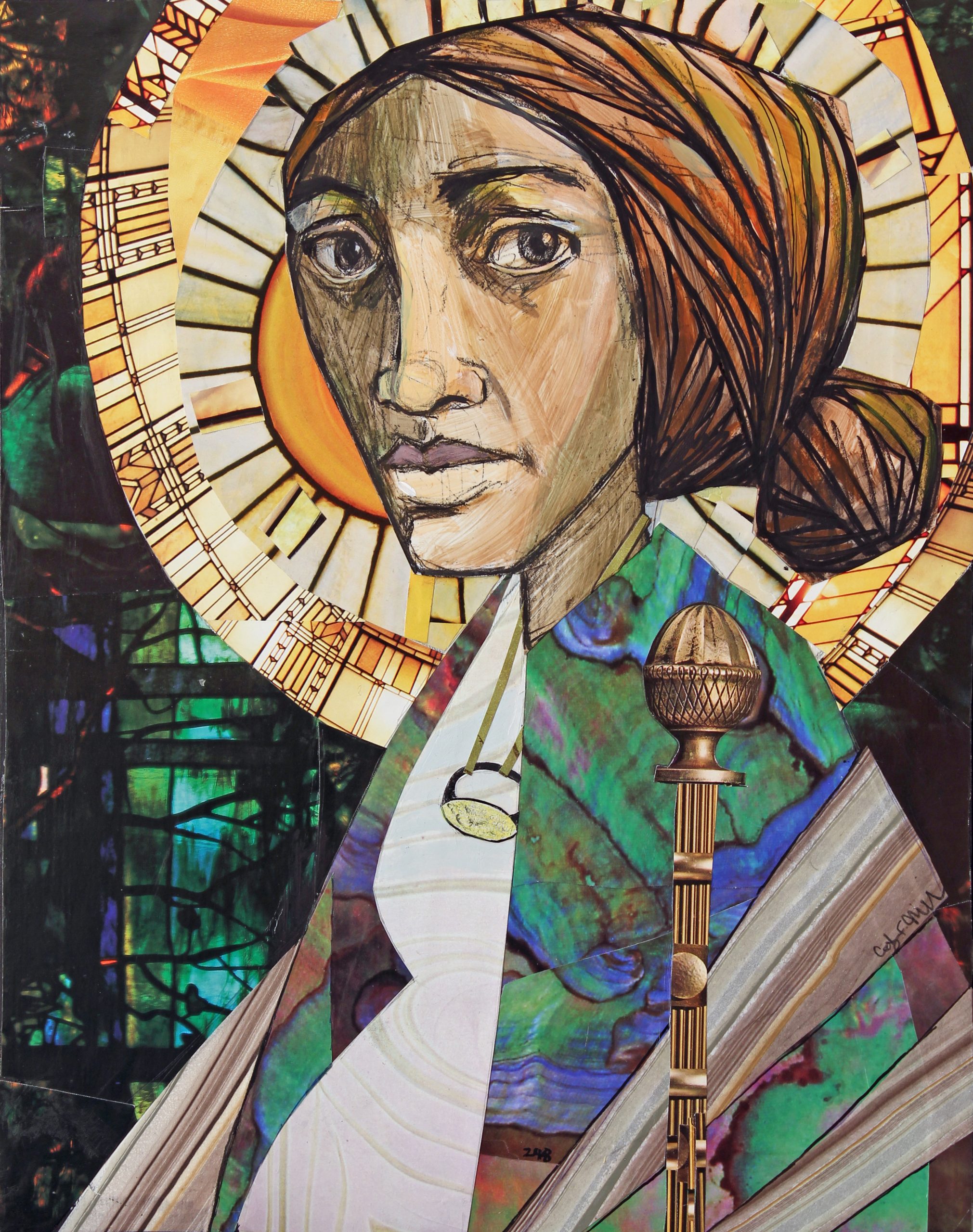What My Grandmothers Taught Me
Lesson Two

Lesson TWo: Tamar
Primary Scripture: Genesis 38
The Discomfort—and Gift—of Story
A few years ago, I studied Genesis 38 with a young adults’ Bible study group. The idea of reading this passage as a story was new to them (as it might be to many of us). They enjoyed hearing Tamar’s story, but one of the first questions they asked afterwards was, “How could God just strike those young men dead?” I suggested that God, as a character in the story, was doing what God was scripted to do by the story writer. Further, that God’s actions were necessary to create the ironic tension between story and audience. So that we, the readers, would know that the death of the brothers was not Tamar’s fault, even though Judah, within the story, thought it was. The tension added to the characterization of Judah as someone who didn’t see things clearly even when they happened right in front of him.
Reading scripture as story, or narrative, highlights the problem that is created when we try to read all biblical text as though it is historical fact and ignore that even historical writings choose to include some facts and leave out others—and that they can’t help but include the author’s interpretation of events. Nowadays, we tend to equate “truth” with “scientifically verifiable fact,” whereas the ancient thinkers clearly understood that “truth” is conveyed in a wide variety of ways.
I shared this story of the young adults’ Bible study group with you as we begin our story-telling journey to highlight the unease that may arise when we consider the idea of biblical text as story. (And, even more so, with the idea of God as a character in the story!) If we can allow ourselves to enter the world of the story, we may discover all sorts of truths. This does not mean that we may make any meaning we like out of what we read (the story itself will sometimes clearly pronounce judgment on the actions of characters). Or that we should allow ourselves to be distracted by social customs or actions of characters that challenge our modern sensibilities. Rather, if we can, we need to suspend disbelief, allow ourselves to move in the world of the story, and listen for the truth it communicates.
In this way, in this first tale of a “grandmother,” we meet Tamar, who does something that could be interpreted as morally repugnant: she dresses as a prostitute to trick her father-in-law into making her pregnant. If we get stuck on Tamar’s dubious action, we fail to see the importance of what she does in the context of a society where women had no power or personal wealth, and where their only purpose was to give birth to the children (especially sons) who would ensure the future of the clan. Tamar stands in contrast to Judah, one of the great names of Israelite history, who acts shamefully (again—as we also witnessed in his dealings with his brother Joseph in the previous chapter). She puts her own body on the line to achieve the imperative to provide descendants. Judah’s ultimate confession that “she is more righteous than I am,” is the spine-tingling climax of the story.
When Matthew honors Tamar by naming her in his genealogy she stands in line with Abraham, to whom God promised “I will make of you a great nation” (Gen 12:2). Tamar’s actions allow God’s promise to be carried forward through the generations.
I believe that we are meant to read the story with some sense of moral repugnance at Tamar’s actions, so that we can be shocked by Judah’s statement of her righteousness. This about-face pushes us to wonder what else—who else—we may be wrong about from the comfort of our moral judgments.
Grandmother Tamar may make us uncomfortable. Are we able to take that discomfort as a gift?
Merryl L. Blair
author of the 2021-2022 PW/Horizons Bible Study
******
Purchase a What My Grandmothers Taught Me bible study book and study along with us.
Call 800/533-4371 and order product #HZN21100 or order online
